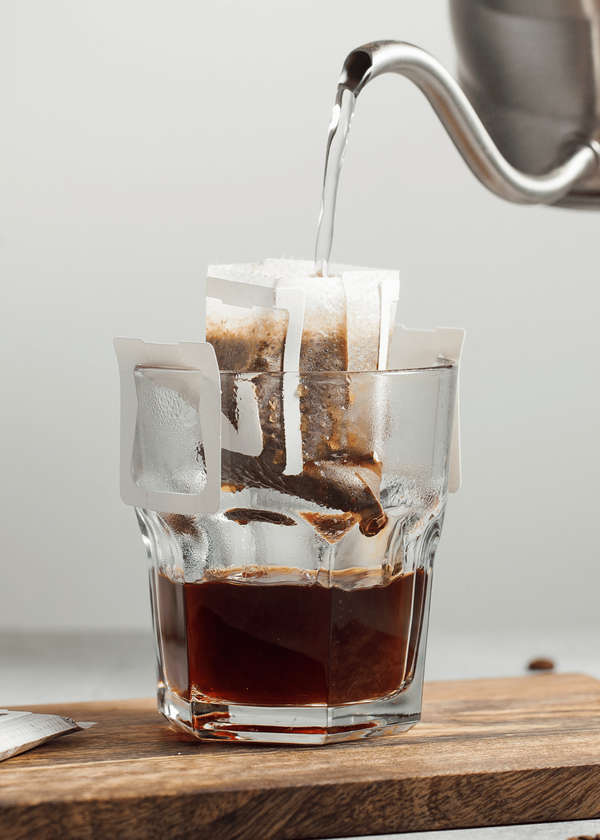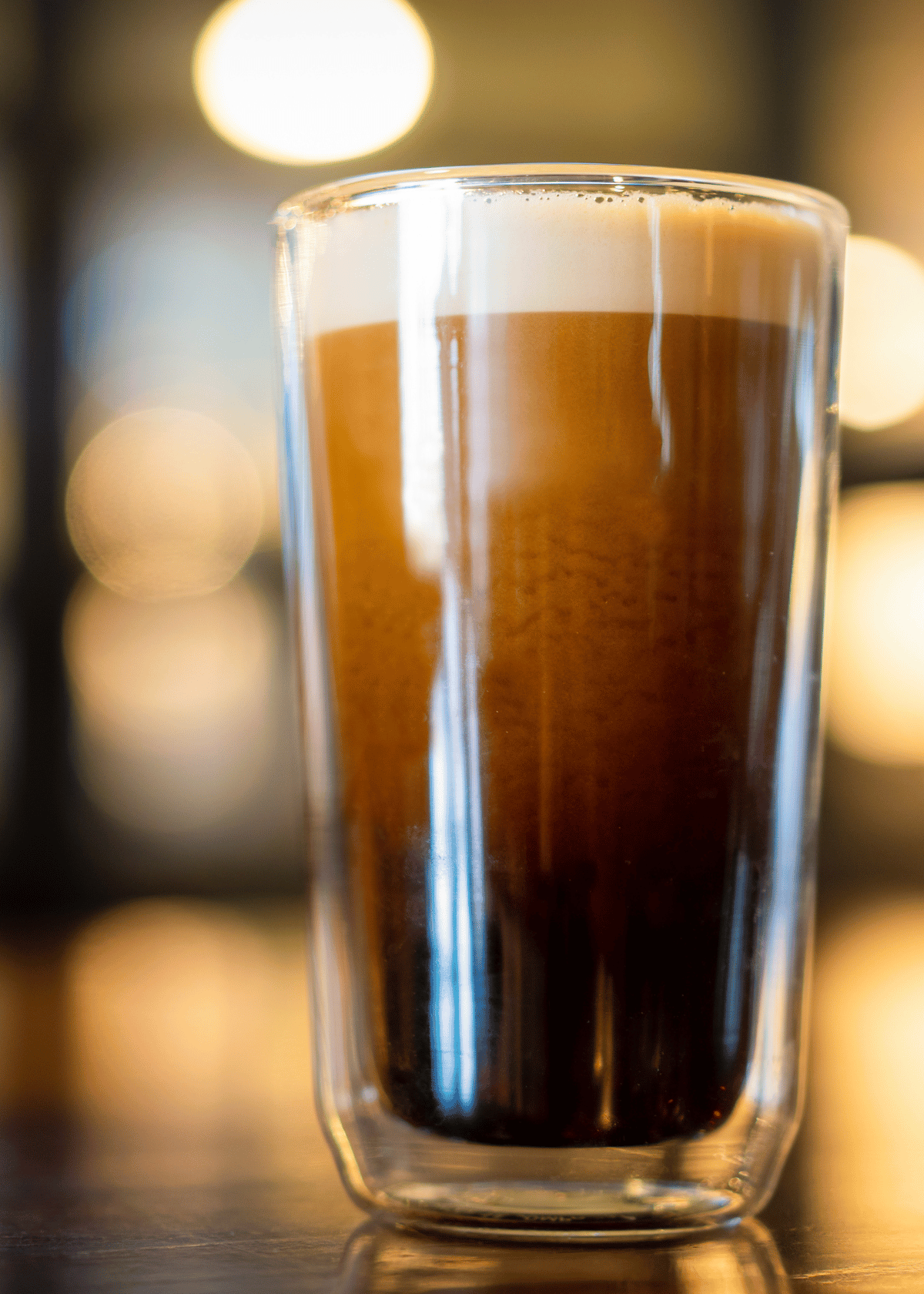When it comes to pizza, there are a lot of competing interests. You want your crust to be crispy, but not burnt. You want it to be chewy, but not doughy. You want it to be flavorful, but not bland. And if you're health-conscious, you might also be looking for a whole wheat crust that ticks all of those other boxes as well. But is that even possible? Let's find out.
Whole wheat flour has more fiber than traditional all-purpose flour, which can give your crust a slightly tougher texture. For that reason, many recipes will call for a mix of whole wheat and all-purpose flour. If you're using100% whole wheat flour, you might need to add an extra tablespoon or two of water to the dough to help it come together.
Another common issue with whole wheat pizza dough is that it tends to be denser and heartier than regular pizza dough. This means it might not rise as much, resulting in a thinner crust. To combat this, you can let the dough rise for a full hour before shaping it into a crust. This will give the yeast time to do its work and produce a lighter, airier crust.
As for flavor, whole wheat pizza dough can sometimes taste a little bitter or nutty. To offset this, try adding some honey or olive oil to the dough. You could also give your crust a little pre-bake before adding the toppings. Just pop it in the oven for 5-7 minutes at 400 degrees Fahrenheit (200 degrees Celsius). This will help the crust become crispy while still allowing the center to stay moist and chewy.
Whole wheat pizza dough can be just as delicious as regular pizza dough...if you know how to make it right! By following these tips, you'll end up with a crispy, chewy crust that's packed with flavor. So go ahead and enjoy your next slice without any guilt!
Want to know what is the best flour for pizza? Check out our guide here!







